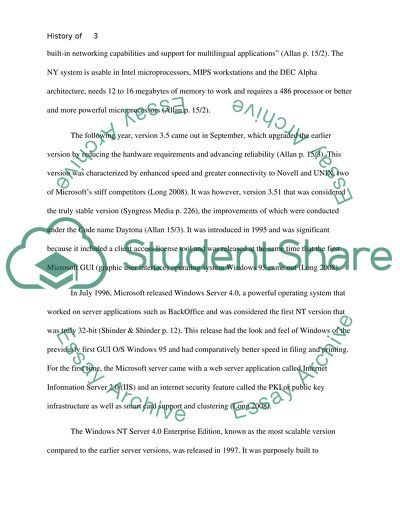Cite this document
(“History of Windows Server Essay Example | Topics and Well Written Essays - 1500 words”, n.d.)
History of Windows Server Essay Example | Topics and Well Written Essays - 1500 words. Retrieved from https://studentshare.org/miscellaneous/1572997-history-of-windows-server
History of Windows Server Essay Example | Topics and Well Written Essays - 1500 words. Retrieved from https://studentshare.org/miscellaneous/1572997-history-of-windows-server
(History of Windows Server Essay Example | Topics and Well Written Essays - 1500 Words)
History of Windows Server Essay Example | Topics and Well Written Essays - 1500 Words. https://studentshare.org/miscellaneous/1572997-history-of-windows-server.
History of Windows Server Essay Example | Topics and Well Written Essays - 1500 Words. https://studentshare.org/miscellaneous/1572997-history-of-windows-server.
“History of Windows Server Essay Example | Topics and Well Written Essays - 1500 Words”, n.d. https://studentshare.org/miscellaneous/1572997-history-of-windows-server.


